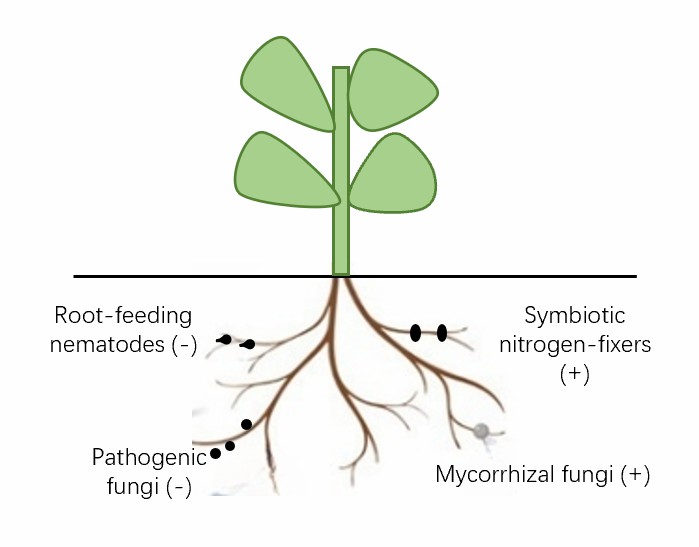Inter-root microecology achieve suppression of plant nematode disease through the interaction between rhizosphere microorganisms. Nematodes in soil are subject to infections by bacteria and fungi. Predatory microorganisms are mainly fungi, while parasitic microorganisms can contact the epidermis of root knot nematodes through spores or enter directly into the root knot nematodes. This creates the possibility of using soil bacteria to control nematodes. An effective natural enemy of nematodes is nematophagous bacteria ubiquitous with wide host ranges. These organisms have been isolated from the soil, plant tissues, cysts, and eggs of nematodes.
As a professional biology service provider, Lifeasible offers an analysis of the predatory and parasitic effects of rhizosphere microorganisms on plant nematodes with decades of experience. Our experts will answer your questions comprehensively and carefully and help you solve the problems in your studies. We guarantee satisfied and reliable results for our customers all over the world.
 Fig.1 The impacts of rhizosphere microorganisms on plant performance.
Fig.1 The impacts of rhizosphere microorganisms on plant performance.
Lifeasible offers analysis services for the predatory and parasitic effects of rhizosphere microorganisms with customized delivery strategies and precise design. Our advanced technical platforms help our clients solve the problems they may encounter in research based on decades of experience. If you are interested in our services or have any questions, please feel free to contact us or make an online inquiry.
Lifeasible has established a one-stop service platform for plants. In addition to obtaining customized solutions for plant genetic engineering, customers can also conduct follow-up analysis and research on plants through our analysis platform. The analytical services we provide include but are not limited to the following:
Get Latest Lifeasible News and Updates Directly to Your Inbox
Adaptive Evolutionary Mechanism of Plants
February 28, 2025
Unraveling Cotton Development: Insights from Multi-Omics Studies
February 27, 2025